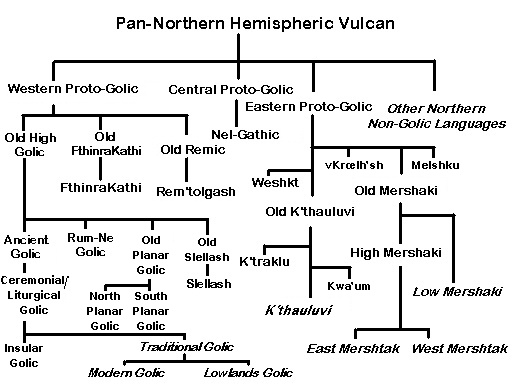
INTRODUCTION TO FTHINRAKATHI GRAMMAR
Rakashyu kha'FthinraKathi ShatJishi


| Type | Noun ending | Noun | Verb | Comments | 1 | (none) | sed (life) | seddor (live) | most common; bare root plus ~dor to make verb | 2 | (varied) | panuaf (trust) | panudor (trust) | ancient compound with root extracted plus ~dor | 3 | (varied) | talun (find) | taldor (find) | noun variant to prevent similar word confusion | 4 | (varied) | estuh (touch) | estul (touch) | ancient words, highly irregular with no pattern | 5 | an | psthan (search) | pstha (search) | ancient words, ~n added to verb to make noun | 6 | au | helau (invasion) | helav (invade) | v dropped from verb, u added to make noun | 7 | shyu | ldishyu (liking) | ldishu (like) | u dropped from verb, yu added to make noun |
|---|

